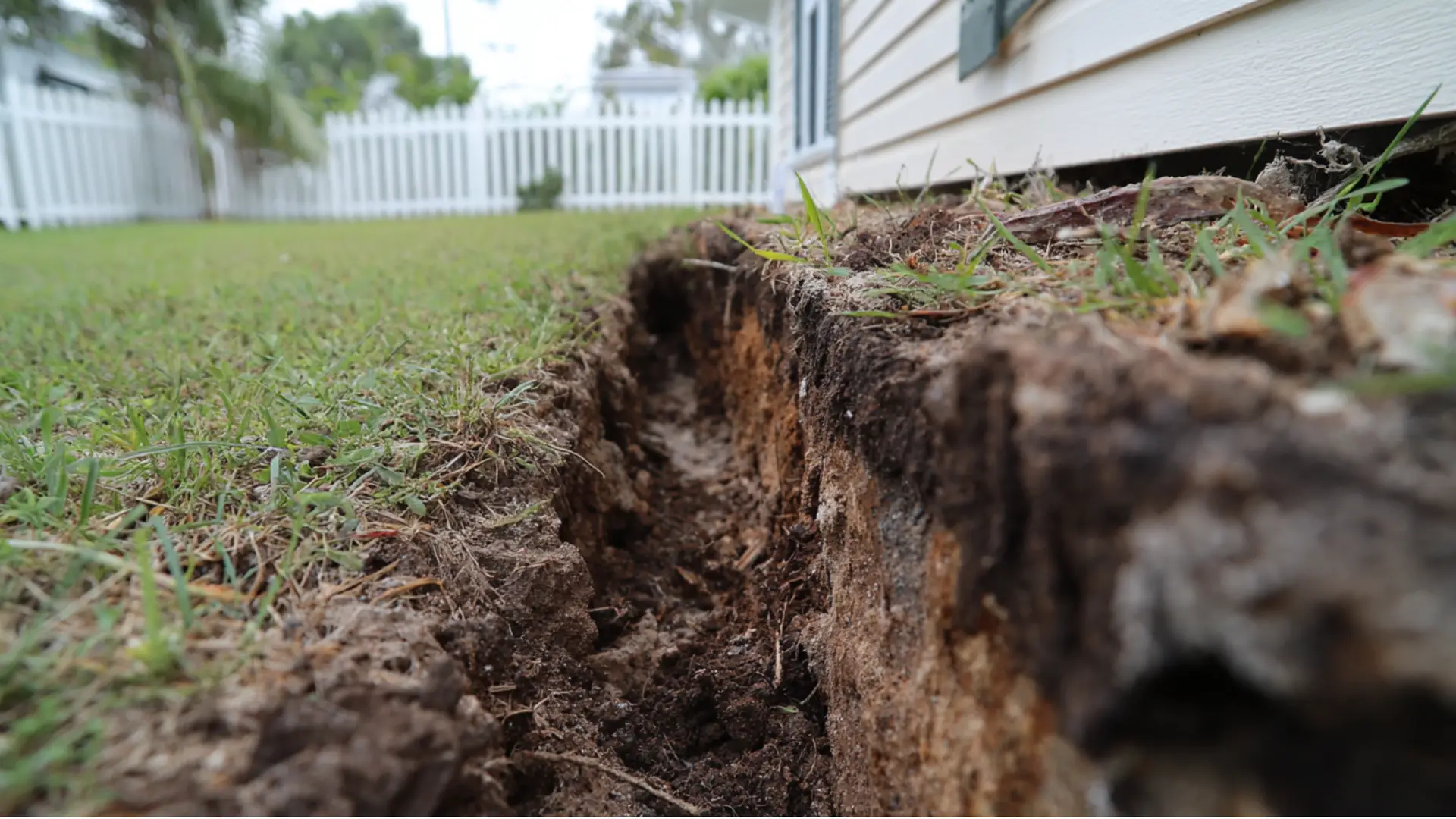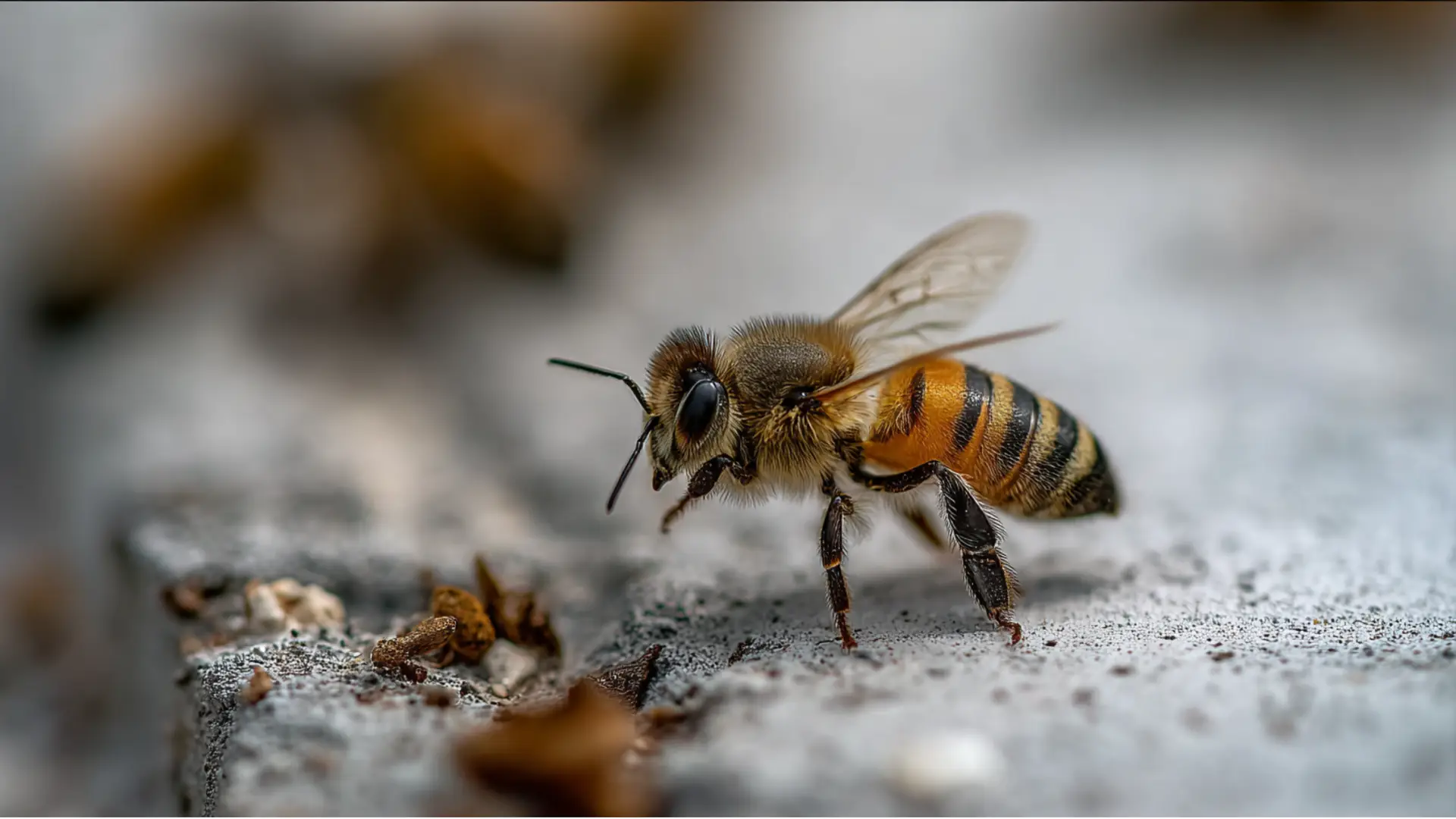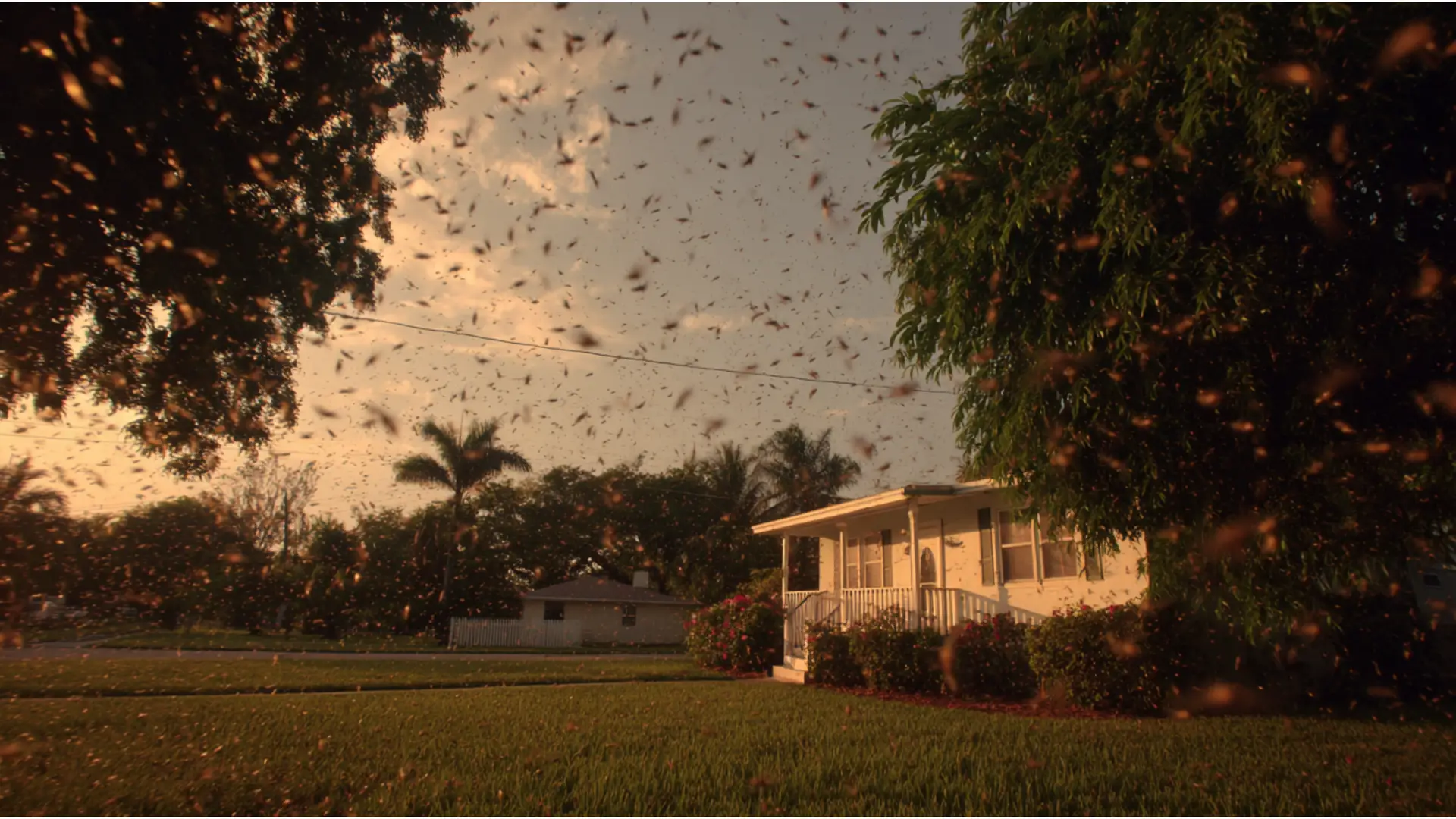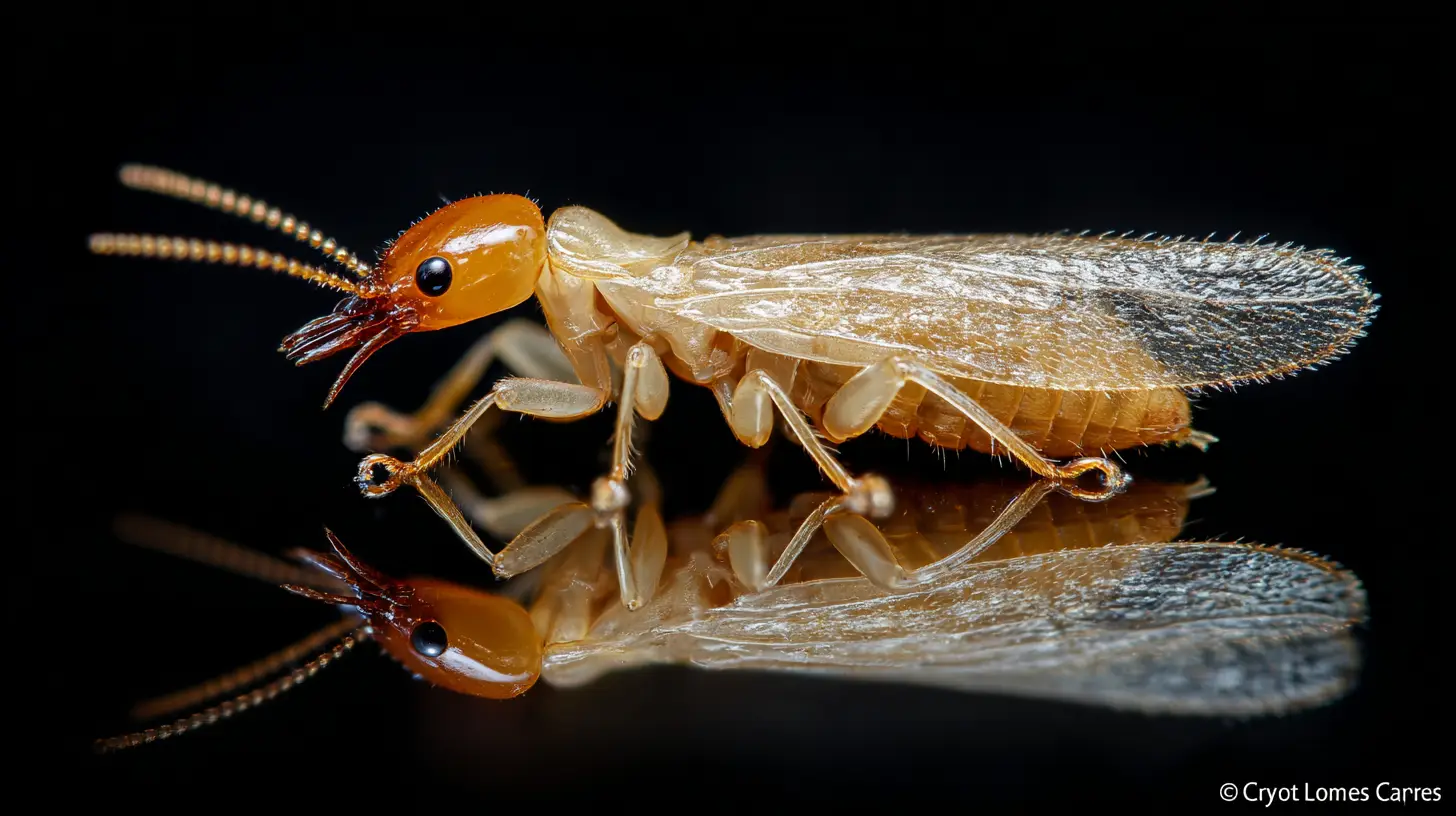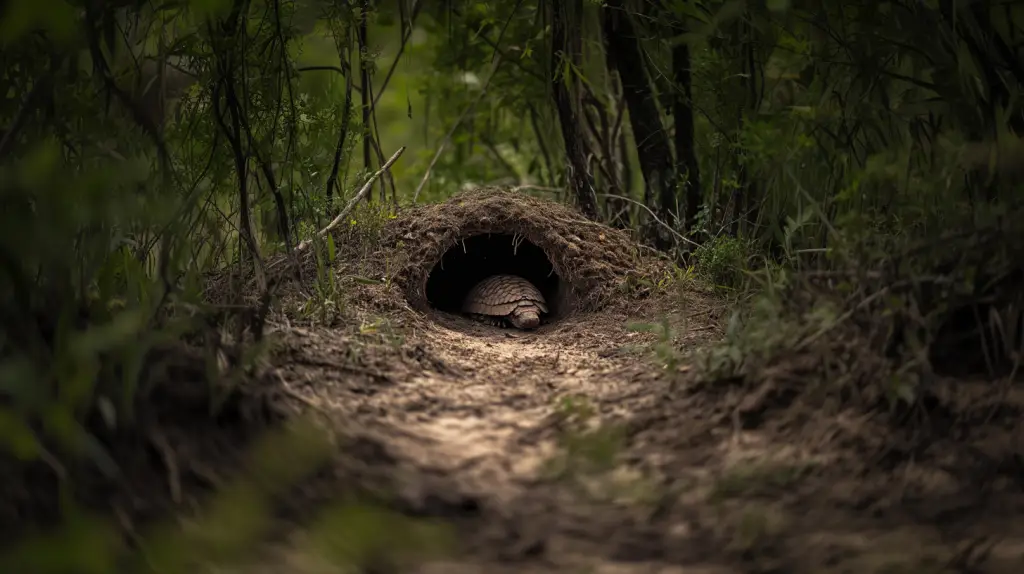
Table of Contents
You know that feeling when you walk out to check your sprinkler system and discover what looks like someone took a backhoe to your perfectly manicured lawn? Welcome to armadillo damage, one of Florida’s most frustrating yard problems.
If you’re dealing with holes that look like tiny construction sites scattered across your property, you’re probably wondering just how many of these armored tank-looking creatures you’re actually dealing with. Are you facing one rogue armadillo or an entire underground armadillo subdivision?
The answer might surprise you – and it definitely affects how you should approach getting them off your property.
Here’s what you need to know about armadillo burrow occupancy, why these seemingly cute creatures are actually solitary jerks, and what that means for protecting your Lakewood Ranch landscape investment.
Key Takeaways
- One armadillo per burrow is the norm. Adult armadillos are solitary creatures that prefer their own space, but each individual maintains multiple burrows throughout their territory.
- Extensive damage doesn’t always mean extensive infestation. A single armadillo can create 5-10 burrows, so multiple holes might represent one animal’s territory rather than multiple animals.
- Timing affects occupancy patterns. Spring breeding season and fall independence period can temporarily increase armadillo density as young animals establish new territories.
- Temporary sharing happens but is situational. Cold weather might bring groups together briefly, and mothers care for quadruplets for 2-3 months, creating temporary high-occupancy situations.
- Territory behavior affects removal success. Understanding that armadillos are territorial but solitary helps explain why some removal methods work better than others.
- Professional assessment saves time and money. Correctly identifying whether you’re dealing with one busy armadillo or multiple individuals affects the entire removal strategy.
The goal isn’t just removing current armadillos – it’s preventing your beautifully maintained Lakewood Ranch property from becoming attractive territory for the next wave of these underground excavators.
The Armadillo Loner Lifestyle
Despite what you might assume from seeing multiple holes in your yard, armadillos are basically the hermits of the animal kingdom. Each adult armadillo prefers to live alone, maintaining its own private burrow system like the world’s most destructive introvert.
Think of armadillos as that neighbor who never talks to anyone, keeps to themselves, and definitely doesn’t want you dropping by unannounced. They only interact with other armadillos for breeding or when environmental conditions force them together – and even then, they’re not exactly social butterflies.
This solitary nature means that if you’re seeing extensive damage across your property, you’re probably not dealing with one massive armadillo family reunion. You’re more likely looking at multiple individual armadillos, each with their own territory and their own collection of burrows.
The “One Armadillo, Multiple Holes” Reality
Here’s where armadillo behavior gets particularly annoying for homeowners: while each burrow typically houses just one armadillo, each armadillo maintains multiple burrows throughout its territory.
A single nine-banded armadillo (the only species we have in Florida) typically digs and maintains around 5-10 burrows, with some creating up to 11 different underground hideouts. So when you see 8-10 holes scattered across your yard, you might actually be dealing with just one very busy armadillo.
These aren’t random holes either – armadillos are strategic about their real estate. They’ll create burrows for different purposes:
- Feeding burrows near good foraging spots
- Nesting burrows for sleeping and safety
- Escape burrows for quick getaways from predators
- Weather shelters for protection during storms
Each burrow can extend up to 15 feet underground and about 8 inches wide – basically underground highways that can seriously undermine your landscaping, irrigation systems, and even structural foundations.

Get Pest-Free Today!
Trust Waves Pest Control for expert pest solutions in Florida. Call now or request your free quote online!
Request a QuoteWhen Armadillos Actually Share Space (Spoiler: It’s Temporary)
While armadillos are generally antisocial, there are a couple of situations where you might find multiple armadillos sharing a burrow – and understanding these can help you time your removal efforts more effectively.
- Cold weather bunking: During Florida’s brief winter months (you know, those three weeks when it actually gets chilly), groups of armadillos might temporarily share burrows for warmth. This behavior is more common with seven-banded armadillos, but nine-banded armadillos will occasionally tolerate roommates when temperatures drop.
- Motherhood mode: Female armadillos give birth to identical quadruplets – always four babies, always identical. For about 2-3 months after birth, you could have up to five armadillos (mom plus four babies) living in a single burrow system.
This timing is important for Lakewood Ranch homeowners because:
- Late winter/early spring might mean you’re dealing with pregnant females about to give birth
- Spring through early summer could mean you have family groups that will quintuple your problem if not addressed quickly
- Fall is when young armadillos become independent and start establishing their own territories (translation: more holes)
What This Means for Your Property Damage Assessment
Understanding armadillo occupancy patterns helps you figure out what you’re actually dealing with and plan your response accordingly.
- If you see 5-10 holes clustered in one area: You’re probably dealing with one armadillo’s territory. This is actually good news – remove one animal, solve the immediate problem.
- If you see holes scattered across a large area: You might have multiple armadillos, each with their own territory. This requires a more comprehensive approach.
- If you see holes appearing rapidly in spring: You could be dealing with a female preparing nesting sites for her upcoming litter, or young armadillos establishing new territories.
- If damage seems to multiply overnight: You might have hit the jackpot with a mother and her four newly independent offspring all trying to establish territories in your neighborhood.
The Lakewood Ranch Armadillo Challenge
Our local conditions make armadillo problems particularly frustrating:
- Perfect soil conditions: Lakewood Ranch’s sandy soil is armadillo heaven – easy to dig, good drainage, and excellent for the grubs and insects they love to eat.
- Abundant food sources: Our well-irrigated lawns create perfect conditions for the grubs, worms, and insects that armadillos consider gourmet dining.
- Limited natural predators: Without significant predator pressure, armadillo populations can establish and expand without natural control.
- Interconnected neighborhoods: Armadillos can travel up to 2 miles looking for food and territory, which means solving your armadillo problem might require coordination with neighbors.
Why DIY Armadillo Removal Often Fails
Understanding that you’re dealing with solitary animals with multiple burrows explains why many DIY removal attempts don’t work:
- Blocking one burrow doesn’t solve anything: If an armadillo has 10 burrows and you block one, you’ve eliminated 10% of their housing options. They’ll just use the other nine and probably dig new ones.
- Trapping requires strategy: Since armadillos are solitary, you can’t rely on social behaviors to attract them to traps. You need to understand their movement patterns between burrows.
- Timing matters: Attempting removal during breeding season might mean you’re dealing with pregnant females or dependent young that will create bigger problems later.
- Territory behavior: Remove one armadillo, and you’ve created vacant territory that other armadillos will move into unless you address the underlying attractants.
Professional Removal Strategies That Actually Work
Effective armadillo control requires understanding their burrow patterns and solitary behavior:
- Burrow mapping: Professional pest control technicians can identify active vs. inactive burrows to focus removal efforts efficiently.
- Strategic trapping: Understanding movement patterns between burrows allows for more effective trap placement.
- Exclusion timing: Knowing when armadillos are most likely to be solitary (vs. caring for young) affects removal strategies.
- Territory management: Addressing food sources and making your property less attractive prevents new armadillos from moving into vacant territories.
Signs You’re Dealing with Multiple Armadillos
- Damage patterns spread across large areas: One armadillo typically focuses on a more limited territory.
- Different sized holes: Adult armadillos create different sized burrows than juveniles.
- Rapid expansion of damage: Multiple animals can create damage faster than one individual.
- Varied digging patterns: Different armadillos have slightly different foraging and burrow preferences.
The Bottom Line for Lakewood Ranch Homeowners
Most of the time, that extensive yard damage is caused by fewer armadillos than you think – but each one can create a surprising amount of destruction across multiple burrow sites.
The key is identifying whether you’re dealing with:
- One armadillo with multiple burrows
- Multiple individual armadillos with overlapping territories
- A breeding situation that could multiply your problem
Professional assessment can help determine your specific situation and develop the most effective removal strategy, saving you time, money, and further landscape damage.
Frequently Asked Questions (FAQ)
If I see 12 holes in my yard, does that mean I have 12 armadillos?
Not necessarily. A single armadillo typically maintains 5-10 burrows, so you could be dealing with just 1-2 animals. However, multiple armadillos with overlapping territories could also create this pattern. Professional assessment can help determine the actual population.
How can I tell if a burrow is currently active?
Active burrows typically have fresh digging marks, loose soil around the entrance, and clear pathways leading to and from the hole. You might also see fresh tracks or droppings nearby. Inactive burrows often have vegetation growing around the entrance or debris blocking the opening.
Is there a time of year when I’m more likely to have multiple armadillos?
Spring through early summer can see higher occupancy when mothers are caring for young. Fall is when young armadillos become independent and establish their own territories, potentially increasing local population density temporarily.
Do armadillos return to the same burrows repeatedly?
Yes, armadillos are creatures of habit and will use the same burrow system repeatedly. However, they rotate between multiple burrows within their territory, which is why blocking just one entrance is ineffective.
How large is a typical armadillo territory?
Armadillos can travel up to 2 miles foraging, but their core territory with burrow systems is usually much smaller – often just a few acres. In suburban areas like Lakewood Ranch, territories might span several properties.
If I remove one armadillo, will others move into the vacant territory?
Potentially, yes. If your property provides good food sources and suitable habitat, removing one armadillo without addressing the underlying attractants may just create an opportunity for another armadillo to move in.
Can I determine if I’m dealing with a mother and babies?
Timing can provide clues – if damage appears in spring and seems concentrated around one area, you might be dealing with a nesting female. Baby armadillos stay with their mother for 2-3 months, so increased activity in one area during summer might indicate a family group.
Are there any benefits to armadillos being solitary for removal efforts?
Yes, their solitary nature means you don’t have to worry about complex social structures or pack behaviors that complicate removal. However, it also means you can’t rely on social attractants for trapping – each animal must be addressed individually.


